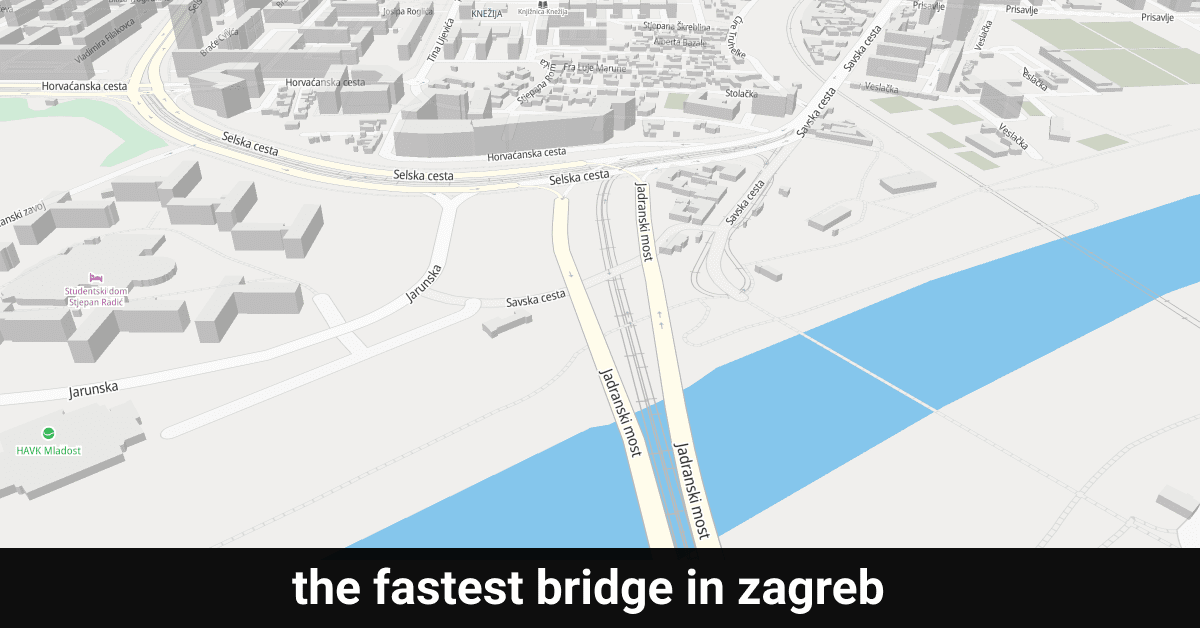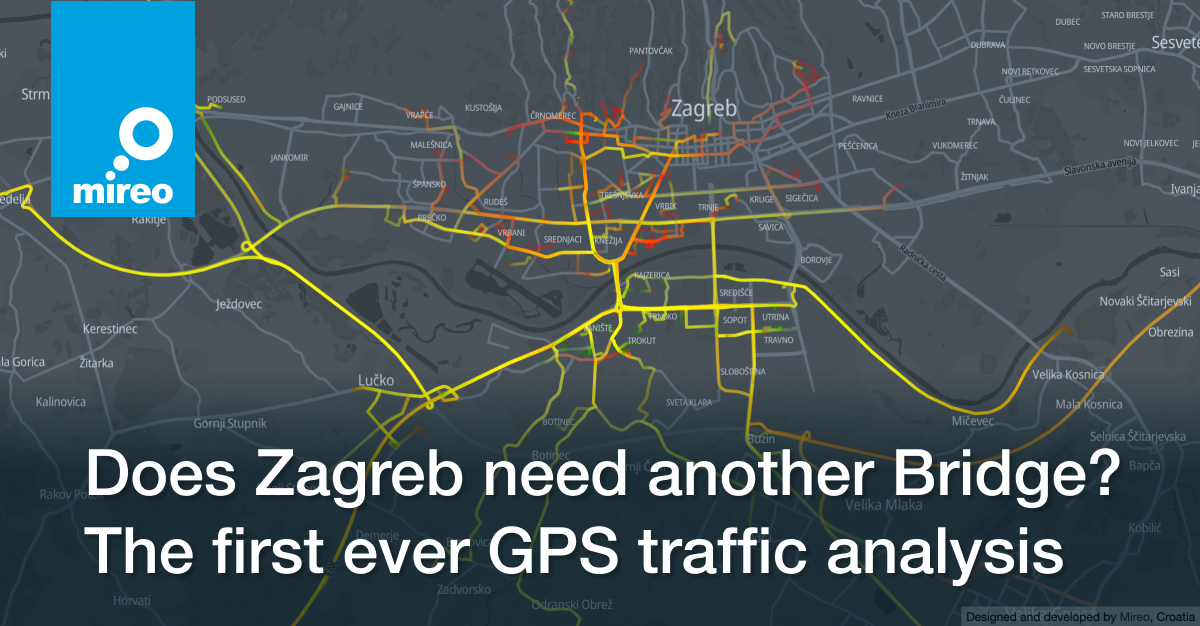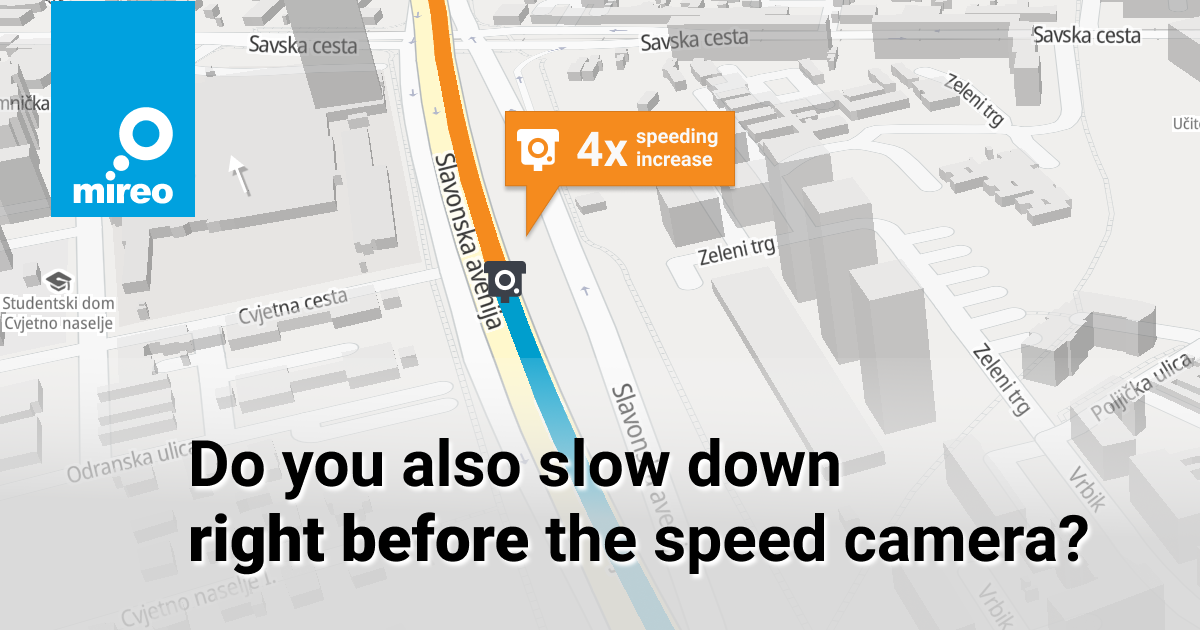Direction South - afternoon jams are more prominent
The congestion-free Mladost bridge
The Mladost bridge is again by far the fastest. Morning traffic is almost non-existent, and afternoon traffic is only slightly slower.
The afternoon congestion observed during springtime vanished almost entirely, which correlates with the reopening of the 3rd lane after the extensive bridge reconstruction.
Longer afternoon jams
Both morning and afternoon traffic across the central Sloboda bridge remain unchanged. Traffic is slightly slower in the morning, making it the second-best option to cross the river. But the afternoon traffic jam remains strong.
On both, Jadranski and Sloboda bridge, afternoon jams last longer - from 15:00 until 17:45, compared to to 15:00 - 17:00 during the springtime.

Average speed across Zagreb bridges, Spring 2021, direction South

Average speed across Zagreb bridges, Fall 2021, direction South
Deceivingly, no congestion on the Jadranski bridge
Strictly speaking, when traveling south, traffic jams do not occur on the Jadranski bridge. That’s because the congestions occur otherwhere.
Firstly, the congestion occurs on the entry segment of Selska street. Then, traffic slows down again right after the bridge, on the entrance to the rotary, when traveling towards Novi Zagreb. This second congestion is caused by the short traffic lights cycle on the rotary’s entry.
Many would argue that the newly rebuilt rotary on Jarunski bridge didn’t increase the traffic flow. However, due to the high number of traffic incidents occurring on the old rotary, the main goal of the new one was to increase safety. Regarding the traffic improvement, at least the east-west traffic towards the highway is happening in the subway and remains unobstructed by the traffic light signalization.







